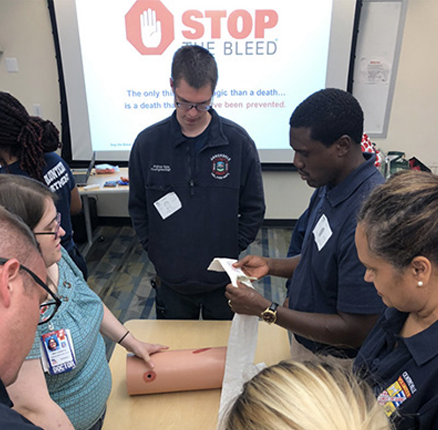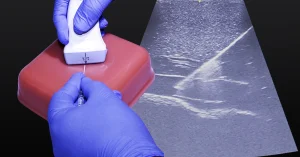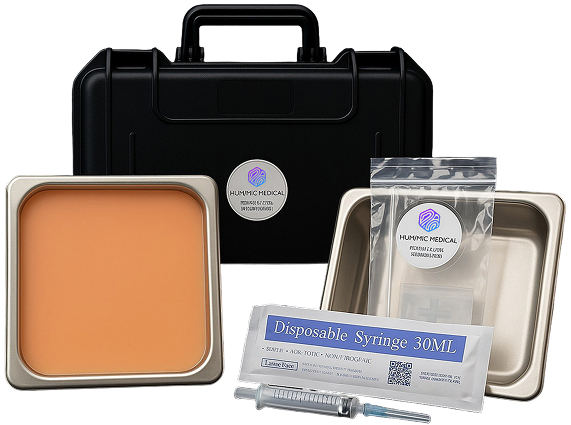

Uncontrolled bleeding can cause death in just minutes. That’s why the Stop the Bleed campaign, launched in 2015, became a nationwide call to action — teaching ordinary people how to recognize and respond to life-threatening bleeding. From classrooms to corporate offices, the program has transformed how we prepare for medical emergencies.
Today, simulation tools like CPR and trauma mannequins are vital to hands-on training, helping participants develop the confidence and real-world skills needed to act fast and effectively in crisis situations.
As the Stop the Bleed campaign spreads globally, training methods have advanced too. Hands-on practice with high-fidelity trauma mannequins, ultrasound phantoms, and synthetic tissue is now essential. These tools bridge the gap between textbook theory and decisive action—turning bystanders into capable responders.
Whether learning to apply a tourniquet or identify internal bleeding, simulation-based training ensures that responders are better equipped to save lives.
Stop the Bleed was inspired by combat medical breakthroughs. Military techniques for controlling hemorrhage in the field were adapted for civilian use, leading to a campaign that’s now trained millions of people worldwide—in schools, hospitals, community centers, and public events.
The success of the campaign is directly tied to realistic training gear. For example:
These tools don’t just improve accuracy—they build confidence. Repetitive, real-life training helps ensure people know what to do when seconds matter.
Medical schools and EMS programs increasingly rely on simulation models to prepare students and first responders. But this training isn’t limited to professionals—community-based workshops, public health organizations, and Stop the Bleed instructors now use these tools to reach more people than ever before.
Whether you’re a nurse, teacher, or concerned parent, simulation models help you prepare for emergency scenarios where acting quickly can make all the difference.
Stop the Bleed continues to grow through partnerships with local governments, healthcare systems, and training organizations. But access to quality training tools is key.
With affordable, American-made simulation gear from providers like Humimic, more communities can train, prepare, and respond—even before professional help arrives.
Want to help prepare everyday heroes?
Explore realistic training models like the ultrasound phantom, synthetic tissue, and trauma mannequins that bring Stop the Bleed training to life.
Browse tools now at Humimic.com — because saving lives shouldn’t be left to chance. It starts with preparation.




We design trauma trainers, gel models, and procedural tools customized to your exact use case — all powered by Humimic SimuGel™.